
If you fly out of a smaller, general aviation airfield, you are probably convinced that you will never be faced with the prospect of following the instructions of the seemingly mute, Visi-vest clad, baton wielding persons called marshalls. However, should you fly into a bigger airport, it is highly likely that you never thought of going over these signals as part of your planning, so we have put together ten of the most common ones, just in case you ever get caught by surprise…

Proceed
One arm raised straight up, moving sideways left to right.
You may move, follow further guidance by signalman.

Proceed to next signalman
Right or left arm down, other arm moved across the body and extended to indicate direction of next signalman.
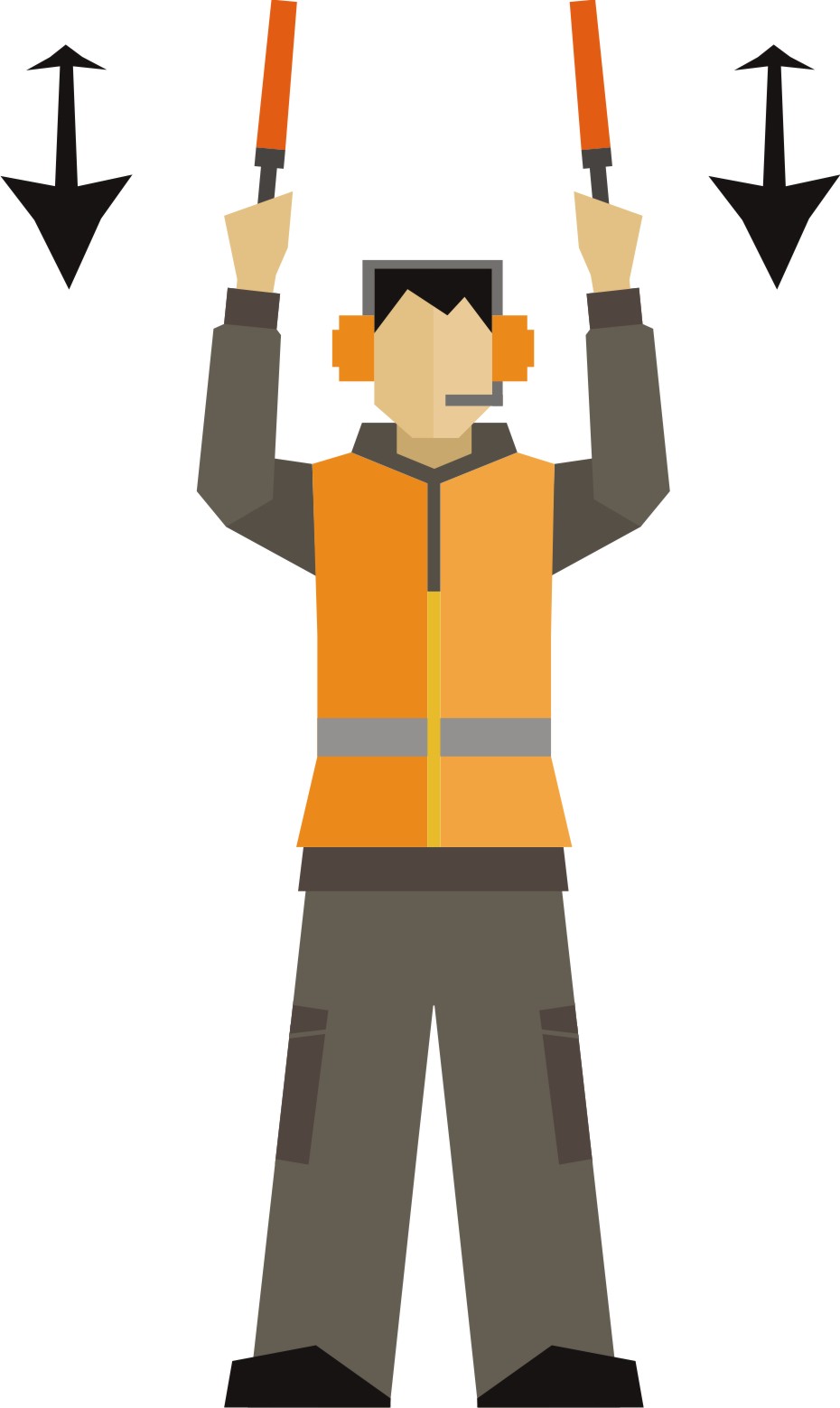
Move ahead
Arms a little aside, palms facing backward and repeatedly moved upward-backward from shoulder height.
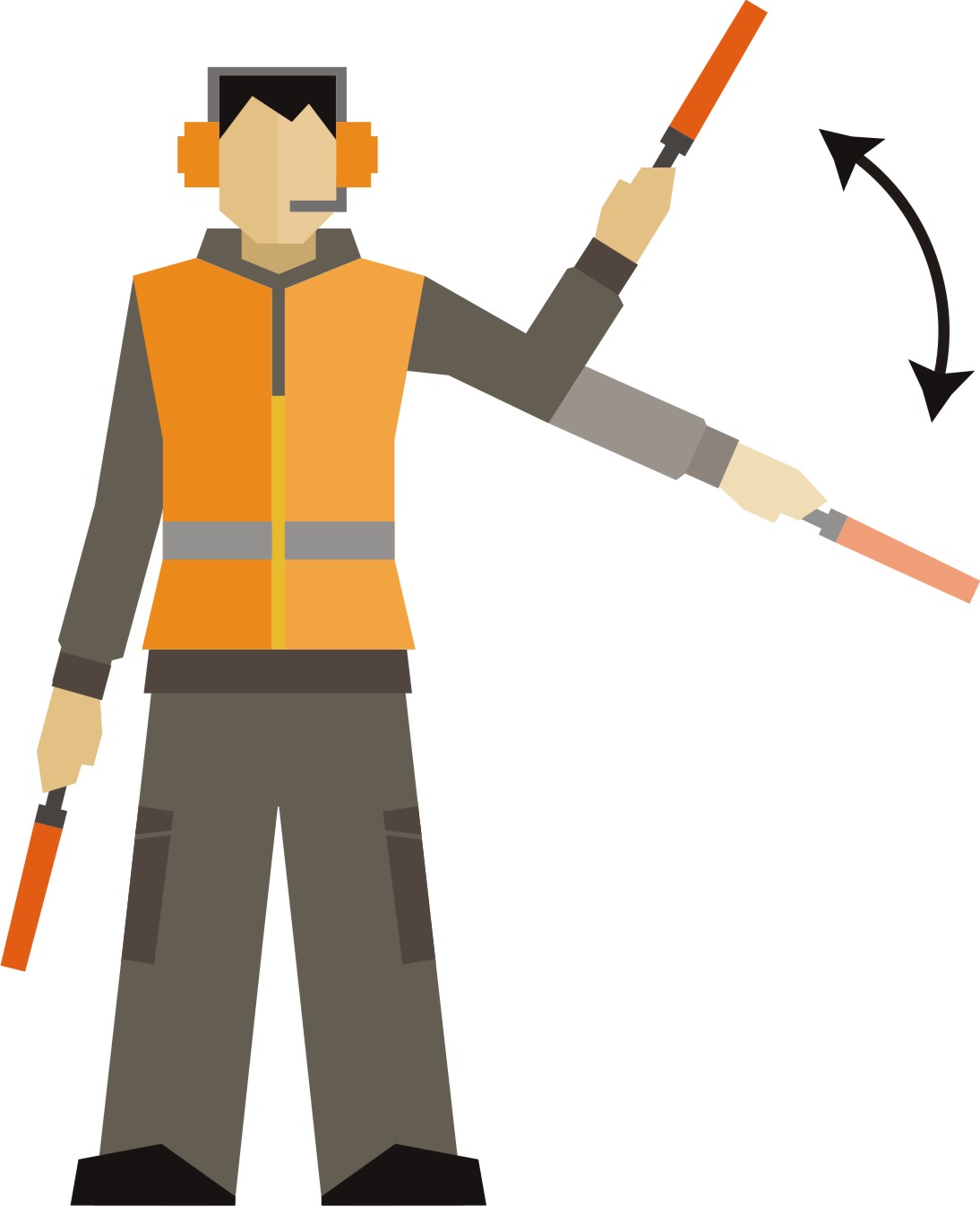
Left turn
Right arm downward, left arm repeatedly moved upward-backward. Speed of arm indicates rate of turn.
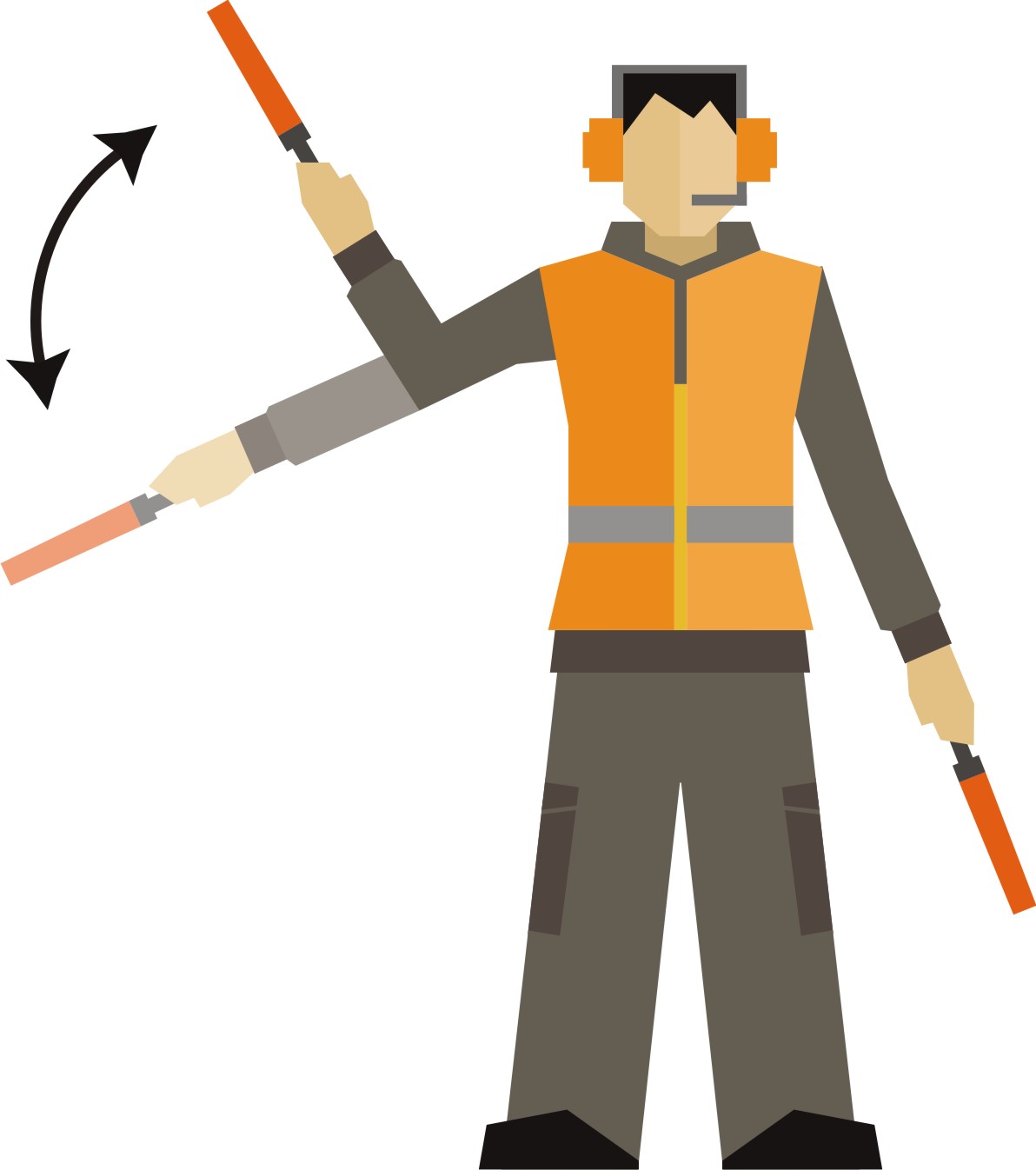
Right turn
Left arm downward, right arm repeatedly moved upward-backward. Speed of arm indicates rate of turn.
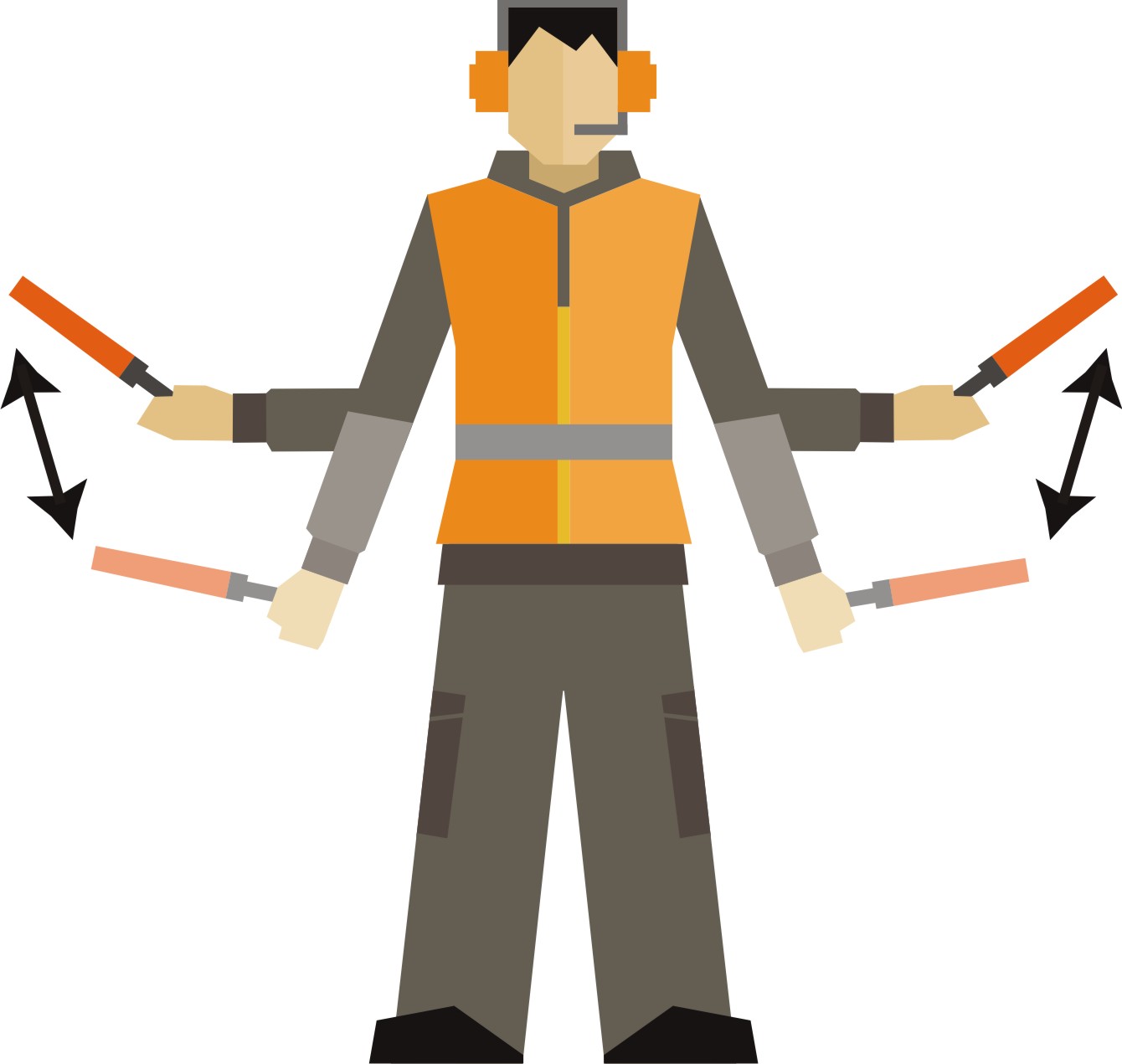
Slow down
Arms down with palms towards ground, then moved up and down several times.

Stop
Arms repeatedly crossed above head (the faster the arm movement, the more urgent the requirement to stop).
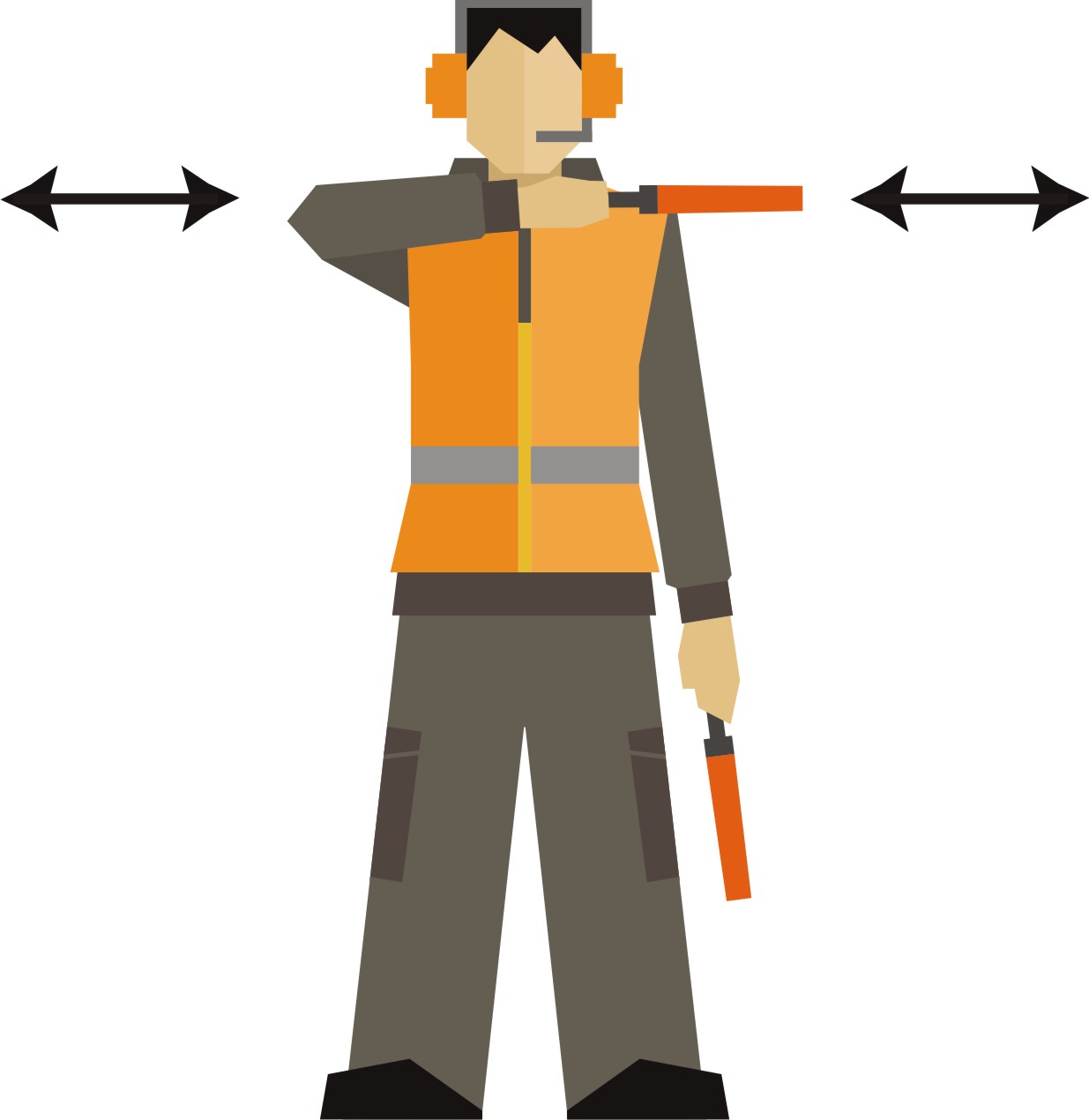
Cut engine
Either arm and hand level with shoulder, hand across throat, palm downward. The hand is moved sideways with the arm remaining bent.
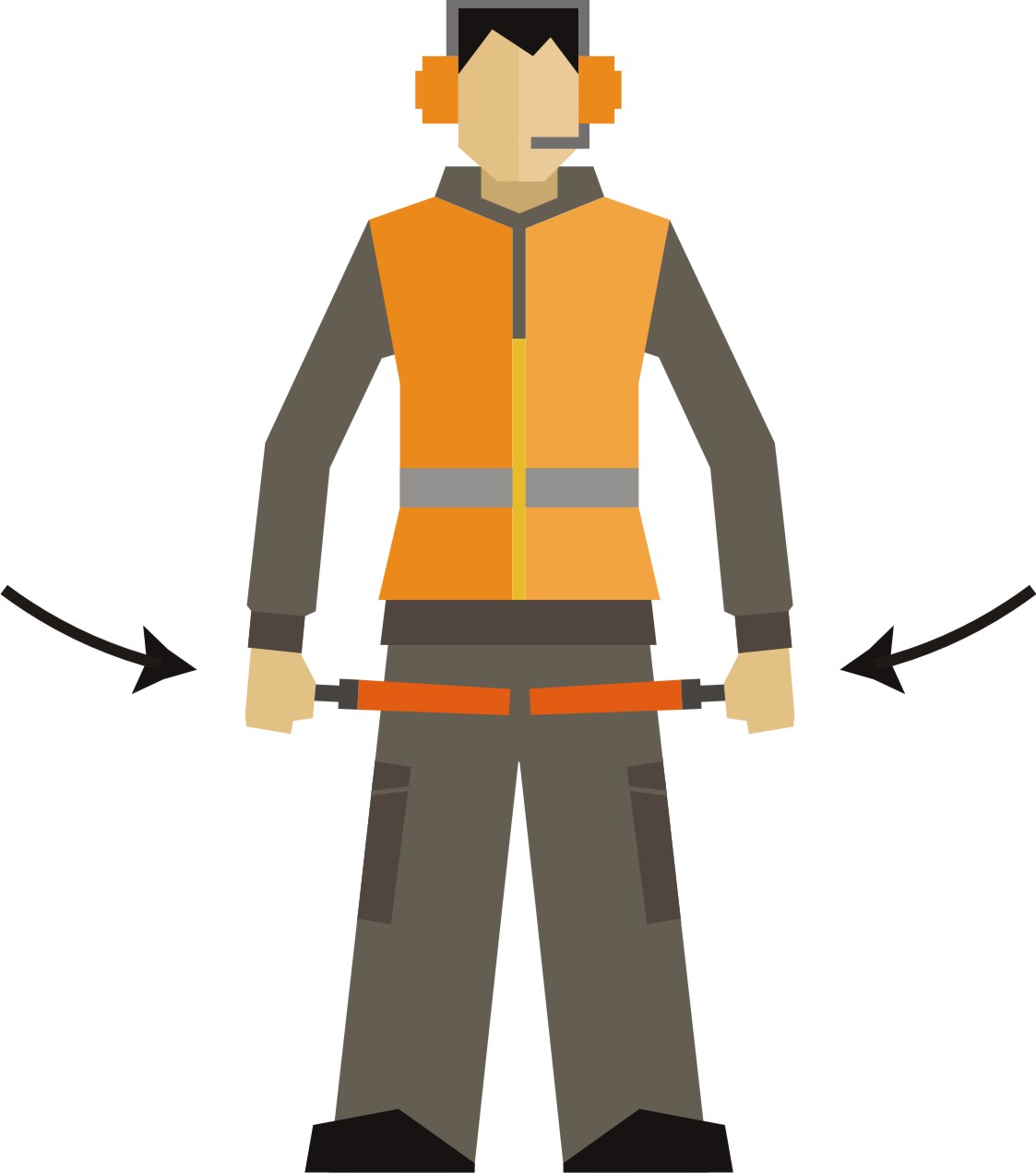
Chocks inserted
Arms down, palms facing inwards, move arms from extended position inwards.
*Crew must acknowledge
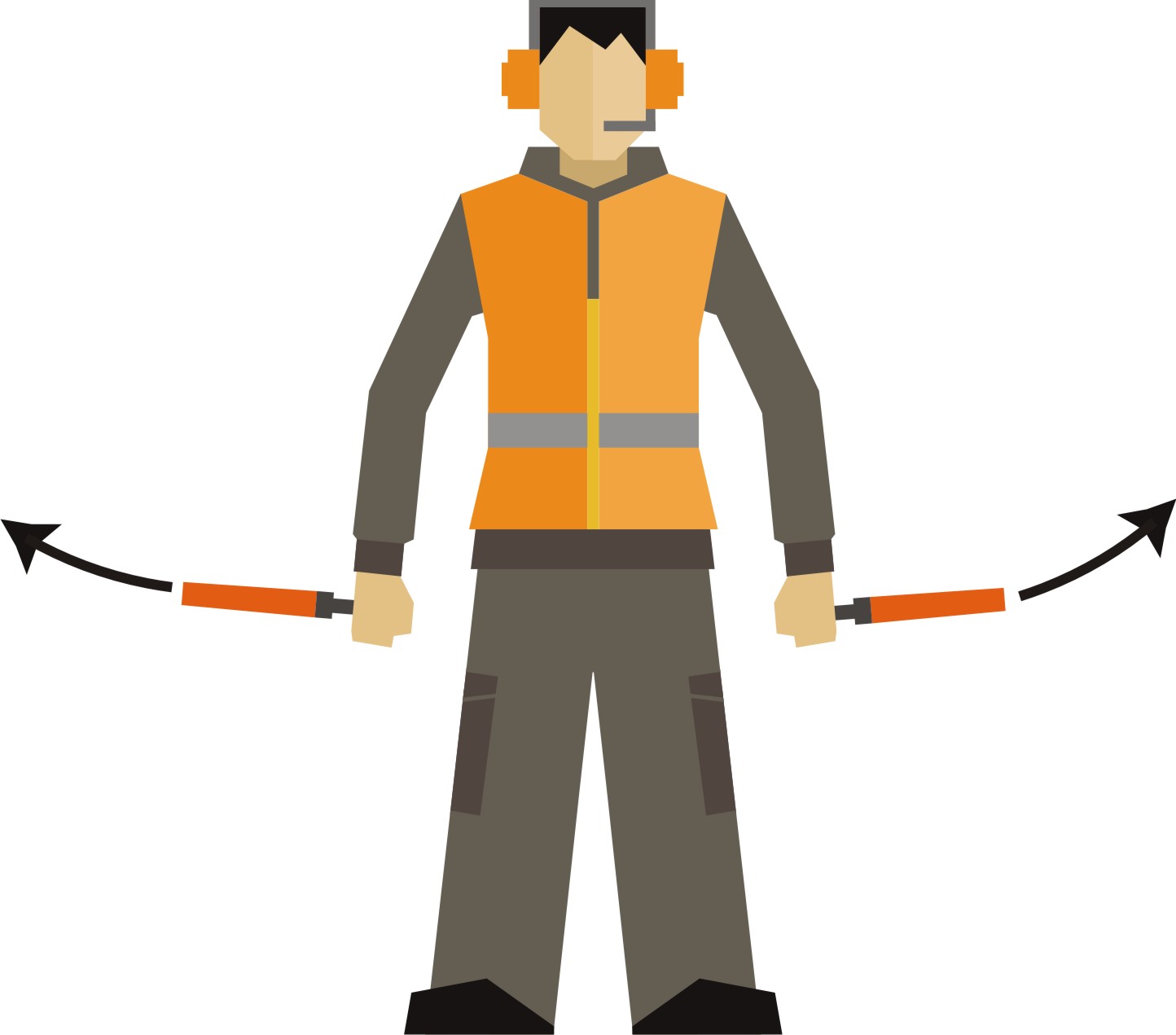
Chocks removed
Arms down, palms facing outwards, move arms outwards.
*Crew must acknowledge




And where are the emergency signals? Eg. Fire, all clear, evacuation etc?
Just a question; The picture with the left turn signal (Right arm downward, left arm repeatedly moved upward-backward), indicating a left turn (left arm indicating). It does not make sense. If the man is facing the aircraft while signaling his left arm, shouldn’t the aircraft turn right since you following the signaling arm?
The same with the right arm signaling when the marshall faces the aircraft.
Hi Leon
You just had me waving my arms about to check that I had it correct, but yes, it is correct! Have a look at this video to see it in action: https://www.youtube.com/watch?v=9d8EQ1mMbFU
In the last two signals, you indicate that the crew need to respond to the signaller – what is the appropriate response? – simply a thumbs up to indicate you understand?
Thumbs up is correct Peter.
Thank you Caroline. Very interesting.
I agree with Jim Davis, but normally the marshall will be standing in front of the plane albeit at a safe distance and therefore the pilot will taxi towards the marshall automatically.
The marshall will never stand on the right or left hand side of the plane, would he?
The third signal down is one of the commonest, and the least understood. Many people read “move ahead” to mean “come towards me”. As I am sure you know, it actually means “keep going straight the way you are going”.